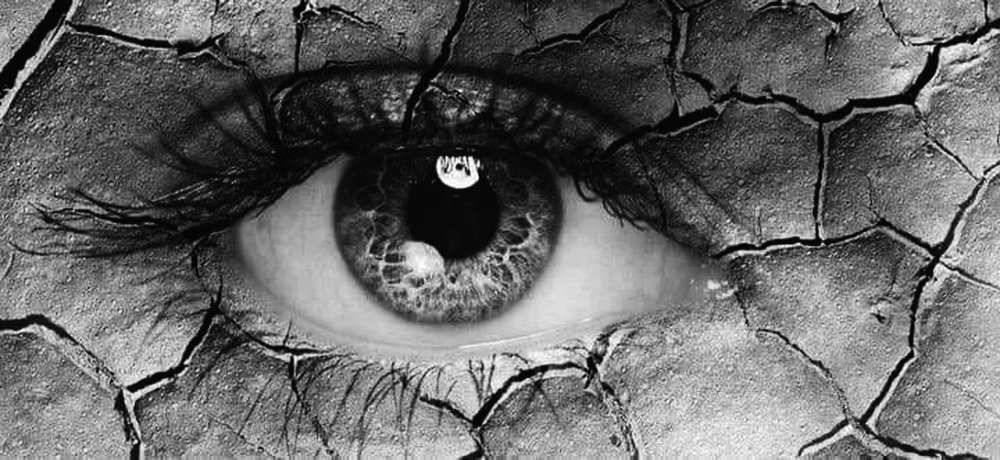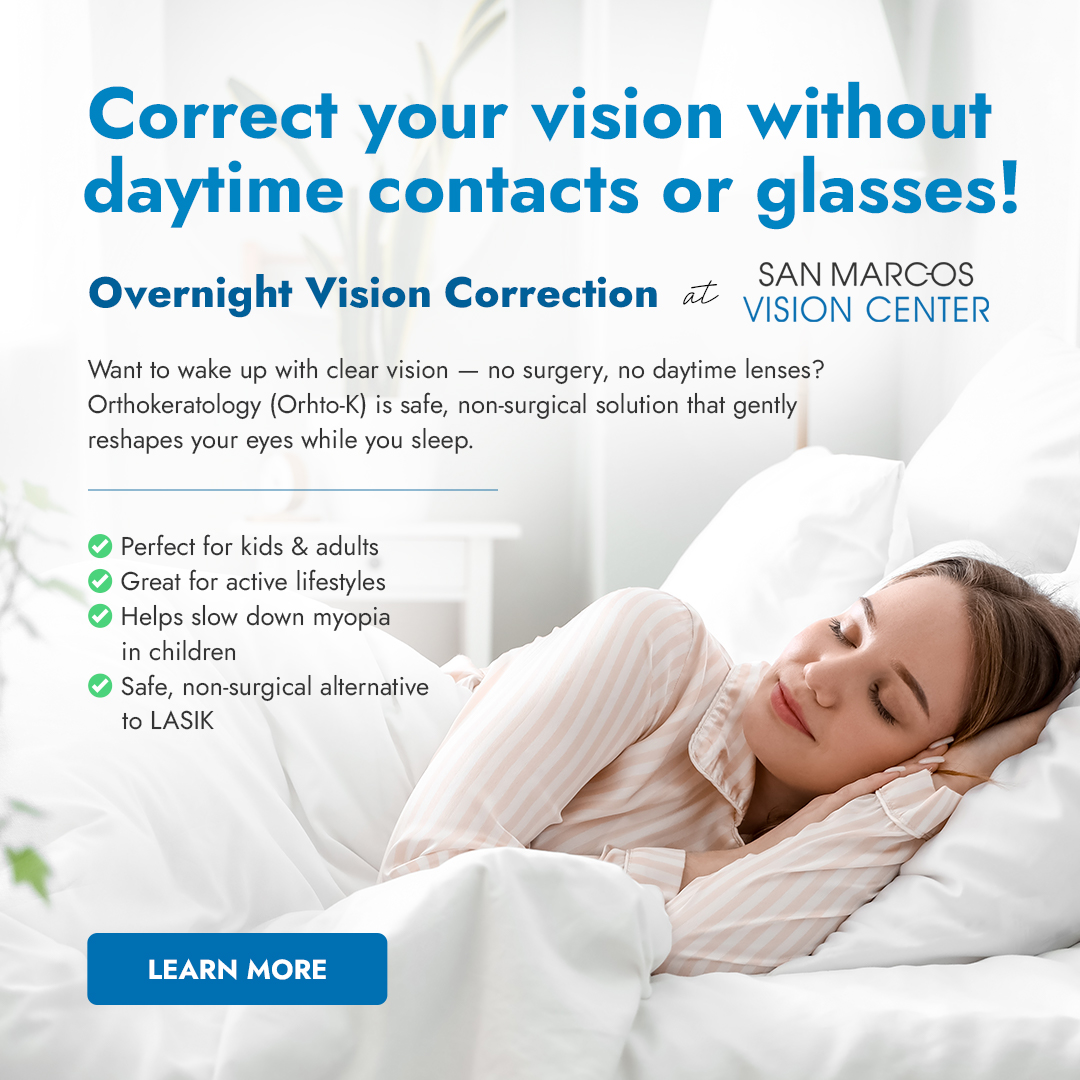
Diagnosing dry eye is crucial. It can help alleviate the symptoms and improve the patient's quality of life. Persistent dryness can lead to a range of issues, from mild irritation to severe discomfort. Diagnosing dry eye can also help prevent potential complications and identify underlying health issues.
The Role of an Optometrist
As primary eye care providers, optometrists are often the first health professionals to detect signs of dry eye. They have the necessary training and tools to conduct comprehensive eye examinations, perform various tests, and interpret the results accurately.
Optometrists also play a vital role in managing the condition. This may involve recommending over-the-counter eye drops, prescribing medication, or even suggesting lifestyle changes to help manage the symptoms. In more severe cases, they may refer the patient to an ophthalmologist for further treatment.
Optometrists also provide patient education about dry eye. They can explain the causes, symptoms, and potential complications of the condition, and provide advice on how to prevent or minimize the symptoms. This education is crucial in helping patients understand their condition and take the necessary steps to manage it effectively.
Diagnosing Dry Eye
There are several tests performed by optometrists for diagnosing dry eye. The first is a comprehensive eye examination. This includes a review of the patient's medical history and a series of visual acuity tests. It's during this examination that the optometrist can identify any obvious signs of dry eye, such as redness or inflammation.
Another common test is the tear production test, also known as the Schirmer test. During this test, the optometrist places a small strip of paper under the lower eyelid to measure tear production. If the paper is not significantly wet after a certain amount of time, it indicates that the patient may have dry eye.
The third common test is the tear break-up time test. This involves placing a dye in the eye that makes the tear film visible. The optometrist then observes how long it takes for dry spots to appear on the eye surface. If the tear film breaks up too quickly, it may be a sign of dry eye.
What Comes After a Dry Eye Diagnosis?
Receiving a diagnosis of dry eye can bring a sense of relief, as it provides a clear explanation for your symptoms. It also opens the door to various treatment options that can help manage your symptoms and improve your quality of life.
After diagnosing dry eye, your optometrist will work with you to create a personalized treatment plan. This can involve a variety of approaches, from simple home remedies like using warm compresses or taking breaks from screen time to prescribed medications or even minor surgery in severe cases.
It's important to remember that managing dry eye is usually a long-term process. While some treatments can provide immediate relief, others may take weeks or months to show results. Regular follow-ups with your optometrist are crucial to monitor your progress and adjust your treatment plan as needed.
If you're experiencing symptoms of dry eye, schedule an examination with our optometrist at San Marcos Vision Center in our San Marcos, Texas office. Call (512) 890-0660 to book your appointment today.

 Specialty Contacts
Specialty Contacts





